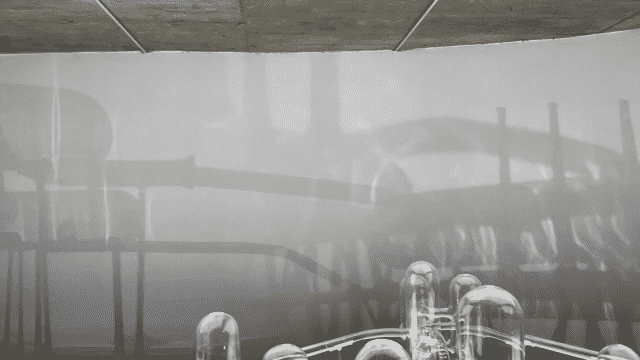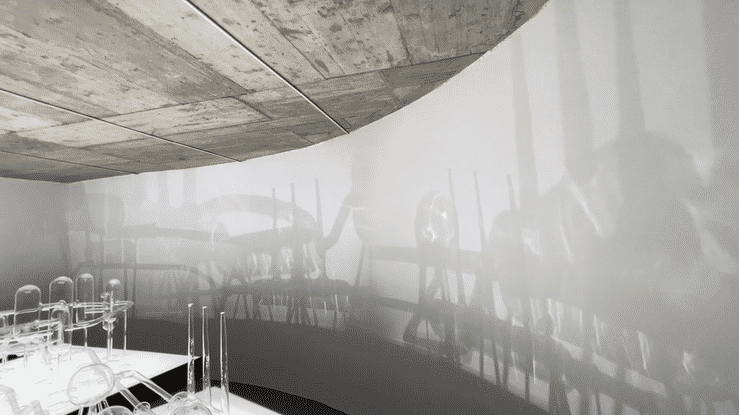The Fallacy of the Closed System
THE FALLACY OF THE CLOSED SYSTEM is a diorama-like installation that incorporates a large glass model, landscape box light tables and an external kinetic lighting system. This project explores ingrained representations of cities as perfectly closed systems and as physical manifestations of the organisation of society as a whole. The fallacy of these closed systems is at the core of current-day entropic models such as Brexit, MAGA (Make America Great Again), and other expressions of the intent to preserve or recover systems of idealized pasts that in fact never worked in the first place. By limiting their horizons and looking inward, humans are overlooking complex open systems in which their reality and their hope for future survival reside.
The Fallacy of the Closed System is part of the "A Rematerialisation of Systems" series. These pieces work at two levels. On one hand, at a conceptual level they explore ideas of design, perception, architecture and language. These models are spatial expressions, re-scaled ‘vehicles’ which contain familiar elements of known spaces, that prompt us to imagine what it would be like to navigate and inhabit their interiors. These pieces talk to us about the materiality of the object and our subjective approach to the spaces they describe. The fact that they are completely transparent glass pieces, allow us to project ourselves into the spaces they describe, to imagine how life would be both inside and outside, what kind of realities they allude to. On the other hand, and equally importantly, they explore their materiality investigating their sculptural dimension, the glass blowing process, the construction ideas and how these can be articulated into new aesthetic propositions and typologies in relation to architecture and design. Embracing the glass blowing process was essential to develop models that brought an impossible reality to the architectural ideas. The fact that you had to design them with a "bubble logic", transformed our own ideas of how these buildings could be constructed and shaped. It is intriguing that the process implies that the shapes, and spaces they represent, are both formed by air and later defined by the air they contain.


